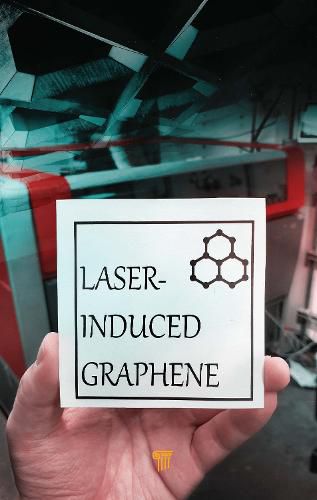Readings Newsletter
Become a Readings Member to make your shopping experience even easier.
Sign in or sign up for free!
You’re not far away from qualifying for FREE standard shipping within Australia
You’ve qualified for FREE standard shipping within Australia
The cart is loading…






LIG is a revolutionary technique that uses a common CO2 infrared laser scriber, like the one used in any machine shop, for the direct conversion of polymers into porous graphene under ambient conditions. This technique combines the preparation and patterning of 3D graphene in a single step, without the use of wet chemicals. The ease in the structural engineering and excellent mechanical properties of the 3D graphene obtained have made LIG a versatile technique for applications across many fields.
This book compiles cutting-edge research on LIG by different research groups all over the world. It discusses the strategies that have been developed to synthesize and engineer graphene, including controlling its properties such as porosity, composition, and surface characteristics. The authors are pioneers in the discovery and development of LIG and the book will appeal to anyone involved in nanotechnology, chemistry, environmental sciences, and device development, especially those with an interest in the synthesis and applications of graphene-based materials.
$9.00 standard shipping within Australia
FREE standard shipping within Australia for orders over $100.00
Express & International shipping calculated at checkout
LIG is a revolutionary technique that uses a common CO2 infrared laser scriber, like the one used in any machine shop, for the direct conversion of polymers into porous graphene under ambient conditions. This technique combines the preparation and patterning of 3D graphene in a single step, without the use of wet chemicals. The ease in the structural engineering and excellent mechanical properties of the 3D graphene obtained have made LIG a versatile technique for applications across many fields.
This book compiles cutting-edge research on LIG by different research groups all over the world. It discusses the strategies that have been developed to synthesize and engineer graphene, including controlling its properties such as porosity, composition, and surface characteristics. The authors are pioneers in the discovery and development of LIG and the book will appeal to anyone involved in nanotechnology, chemistry, environmental sciences, and device development, especially those with an interest in the synthesis and applications of graphene-based materials.